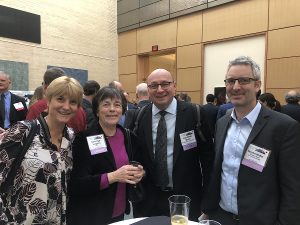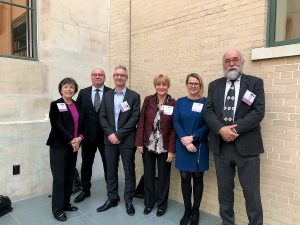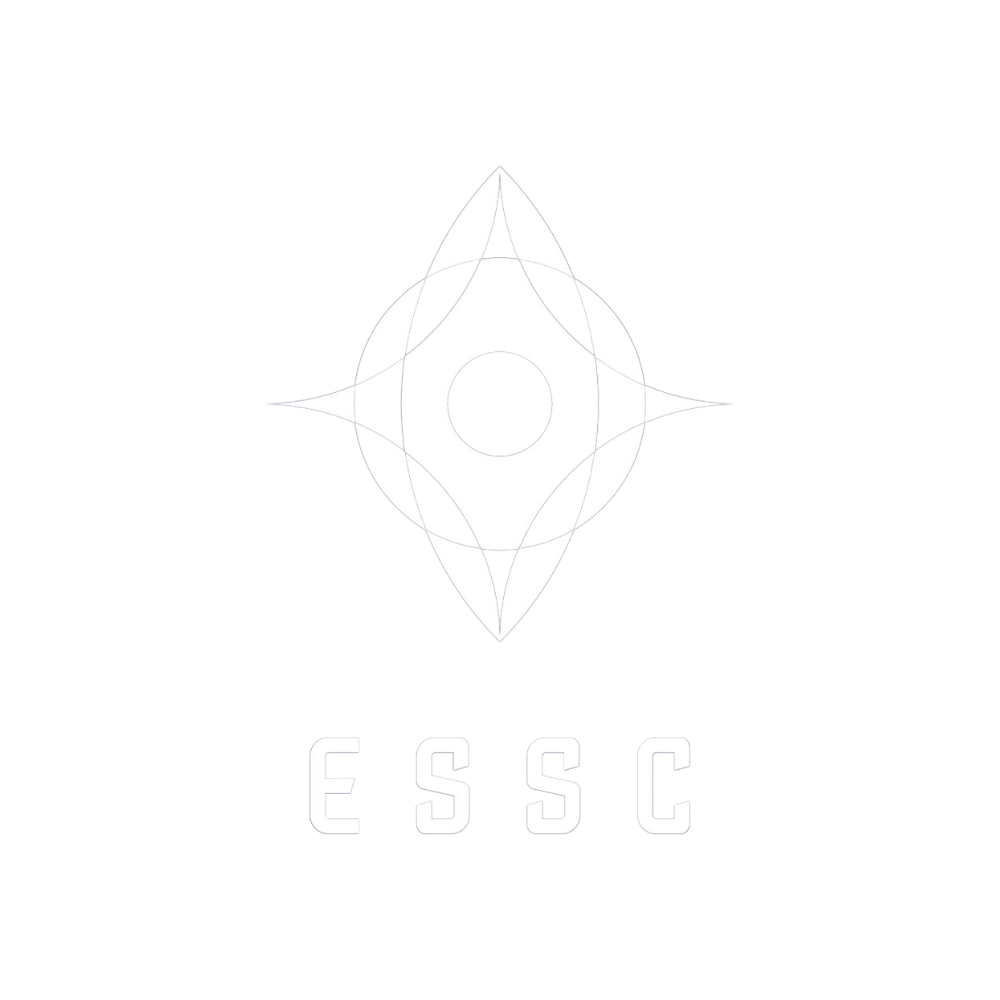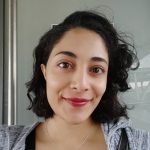Celebrating Dominique Langevin’s ESSC Journey
After eight successful years with the ESSC, Dr Dominique Langevin will be stepping down as the ESSC Life and Physical Sciences Panel chair. In this blog, we share stories from her scientific career working with major European organisations and the International Space Station (ISS).
By Shorouk ElkobrSI
Nov 26, 2021
After dabbling close to the shores of abstract sciences, Dominique Langevin became fascinated by experimentation, especially on surfaces. Langevin’s insatiable curiosity made her a renowned French scientist. She has led research contributions to a broad spectrum of topics in colloid and interface science.
EARLY LIFE
Dominique Langevin fell in love with the world of Mathematics at a young age. She started her scientific career at the Physics Laboratory of the Ecole Normale Supérieure in Paris and slowly became involved in research on complex systems.
“I was supposed to perform spectroscopy studies of rare gas molecules when I started my research, but the instruments were not available, so my thesis adviser involved me in light scattering studies. Light scattering was a very new field at the time. And instead of looking at molecules, I started with liquids that were much more complicated,” says Langevin.
All of Langevin’s research activities have been centred on the dynamic behaviour of interfaces, a field that is somewhat untapped due to laborious experimental techniques. She is now CNRS research director.
STUDYING FOAM BUBBLES IN SPACE
With ingenious ideas and years of subsequent work, Langevin’s work took foam research into space. Her work applications are exceptionally valuable for a wide range of industry sectors, from medicines to detergents, milk proteins, fire-fighting, nuclear waste treatment, and even the construction of a foam module for the International Space Station.
“Research is so full of surprises. I had a period when nothing was working out in the lab. But one accumulates knowledge and learns by doing. I remember I had a question that I couldn’t answer but solved ten years after,” says Langevin.
She led the international research team that analyses the results of the FOAM-C (Foam and Optics Mechanics–Coarsening) experiment, developed by Airbus for the European Space Agency (ESA). The experiment FOAM-C, financed by ESA and in France by the Scientific Research National Center (CNES), aims to understand how foams behave in microgravity.
WOMEN AT THE FOREFRONT OF SPACE SCIENCES
Langevin has paved the way for young women to pursue a career in STEM. Since the 1990s, she has made key contributions to the understanding of foams, with numerous industrial applications. She wrote some 400 scientific publications and has received several prizes and awards, including the Legion of Honour. Her scientific leadership had played a significant role in developing European level networks.
After eight successful years with the ESSC, Dominique Langevin, will be stepping down as the ESSC Life and Physical Sciences Panel chair.
“When I joined the ESSC in 2013, I saw the potential to make a meaningful contribution to the space science community. Athena Coustenis, its chair back then, encouraged me to lead the ESSC Life and Physical Sciences Panel. I have enjoyed the academic camaraderie with a panel of scientists from all around Europe and hope to have added to the ESSC portfolio,” says Dr Langevin.
During her time with the ESSC, Langevin has helped write recommendations to ESA and the European community and will contribute to an upcoming book featuring ISS history in the past 20 years.


Dominique Langevin with colleagues, representing the ESSC at the 2019 Space Science Week
On behalf of the European Space Sciences Committee, we thank Dominique Langevin for her active participation in the ESSC for the past eight years, and we wish her all the best in her future endeavours.

